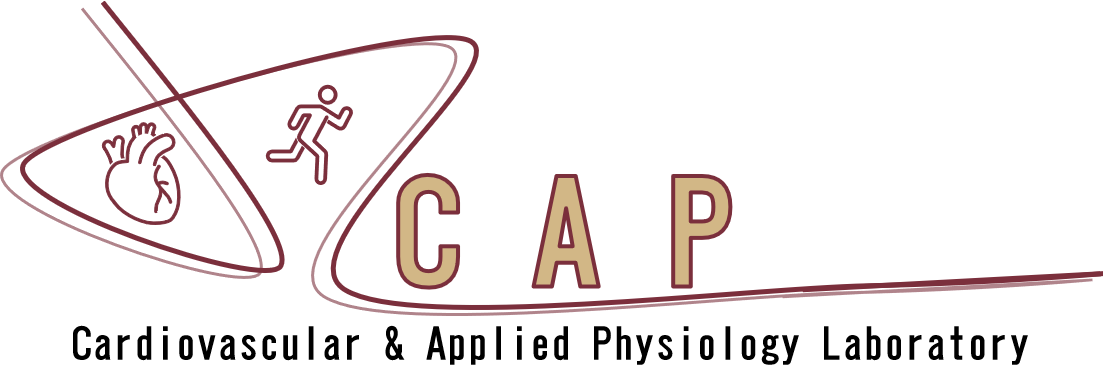Want to participate in our research? Fill out this eligibility survey.
DON’T SWEAT THE TECHNIQUES
Beat-to-beat blood pressure
In addition to blood pressure measured at the upper arm, we use a special finger pressure cuff to understand how the body regulates blood pressure for every single heartbeat.
Nervous system activity
We use ultrasound-guided radial microneurography in the radial nerve (pictured here) or the peroneal nerve (pictured below) to measure sympathetic nerve activity - an important contributor to blood pressure control.
Isolating the effects of exercise metabolites
Our protocol includes handgrip exercise followed by brief blood flow restriction using the blue cuff on the upper arm. This helps us understand how metabolites that build up (e.g., lactate) affect the cardiovascular system responses during exercise.
Blood vessel function
We use sonography to measure brachial artery flow-mediated dilation. This is the gold standard measure of vascular endothelial function.
Heart function
We use echocardiography to measure heart function at rest and during cycling exercise (pictured here).
Nervous system reactivity
We use different stressors to measure sympathetic nervous system reactivity. Below is a representative tracing of the nervous system recording at rest and during handgrip exercise.
Respiratory muscle function
We use various devices to measure pulmonary function and respiratory muscle function. (Photo credit: Casey A. Cass/University of Colorado)







